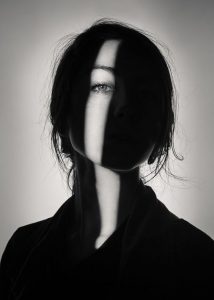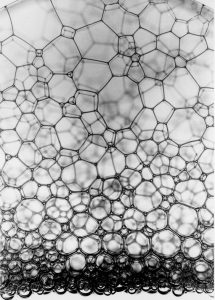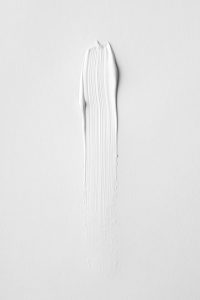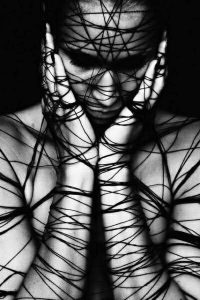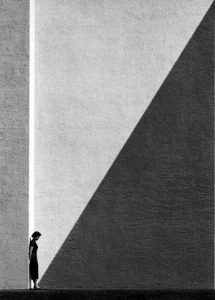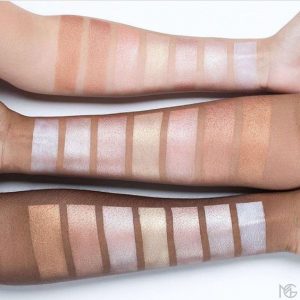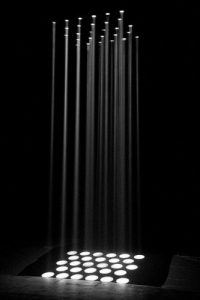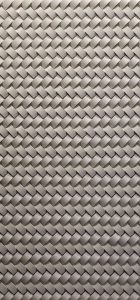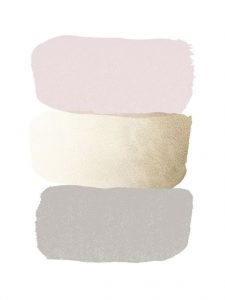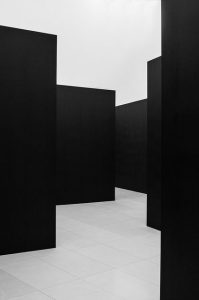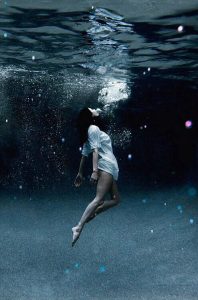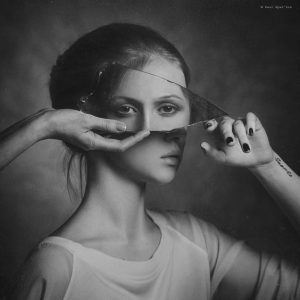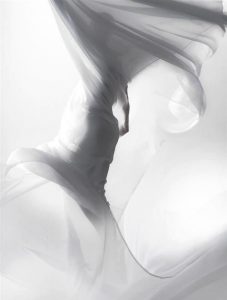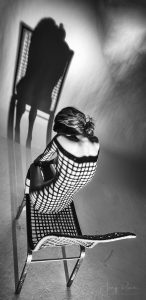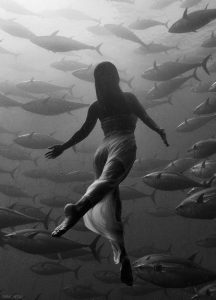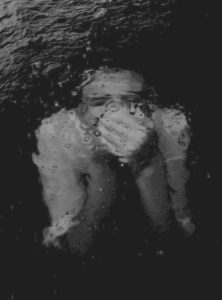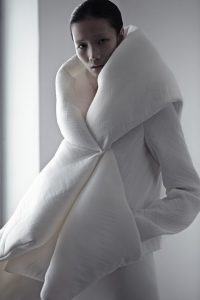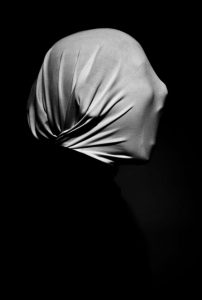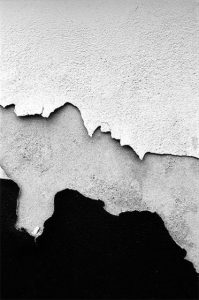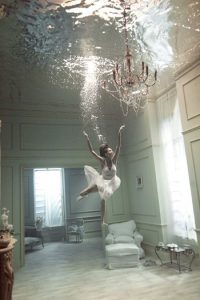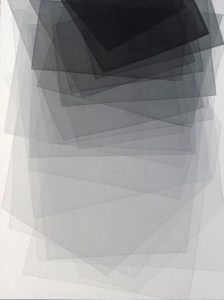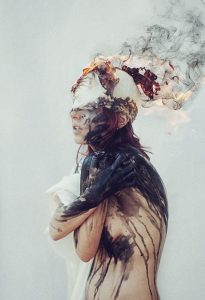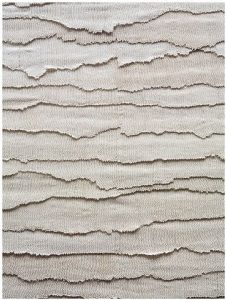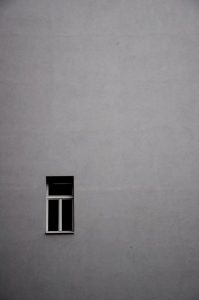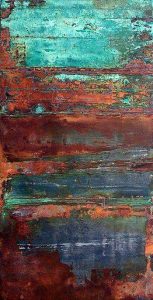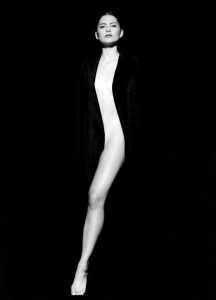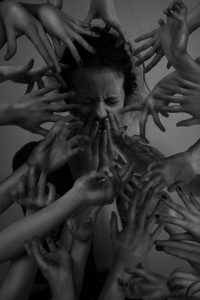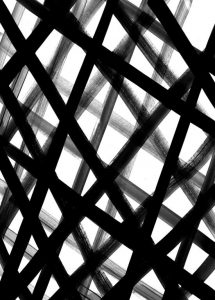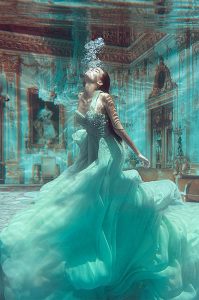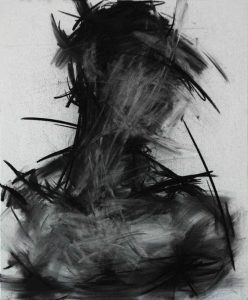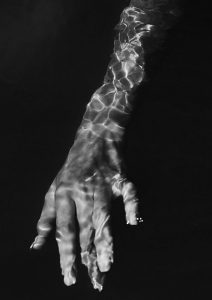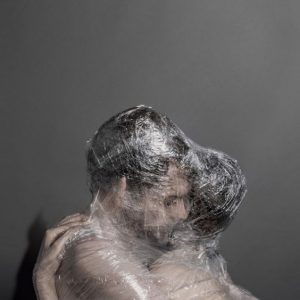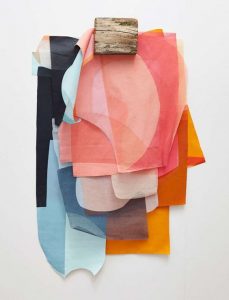- Welsh, Alexander. Freuds wishful dream book. Princeton, NJ: Princeton University Press, 1994.
Although it is customary to credit Freud’s self-analysis, it may be more accurate, Alexander Welsh argues, to say that psychoanalysis began when The Interpretation of Dreams was published in the last weeks of the nineteenth century. Only by going public with his theory–that dreams manifest hidden wishes–did Freud establish a position to defend and embark upon a career. That position and career have been among the most influential in this century. In August 1899, Freud wrote to Wilhelm Fliess of the dream book in terms reminiscent of Dante’s Inferno. Beginning from a dark wood, this modern journey features “a concealed pass though which I lead the reader–my specimen dream with its peculiarities, details, indiscretions, bad jokes–and then suddenly the high ground and the view and the question, Which way do you wish to go now?” Physician that he is, Freud appoints himself guide rather than hero, yet the way “you” wish to go is very much his prescribed way. In Welsh’s book, readers are invited on Freud’s journey, to pause at each concealed pass in his seminal work and ask where the guide is taking them and why. Along the way, Welsh shows how Freud’s arbitrary turnings are themselves wishful, intended to persuade by pleasing the reader and author alike; that his interest in secrets and his self-proclaimed modest ambition are products of their time; and that the book may best be read as a romance or serial comedy. “Some of the humor throughout,” Welsh notes, “can only be understood as a particular kind of fine performance.” Welsh offers the first critical overview of the argument in Freud’s masterpiece and of the author who presents himself as guide.
The aim of the dissertation is to do a comparative study of the ontological views of Freud and Hegel with a view to synthesize them. A synthesized view is desirable for it would provide a bridge between their two positions, which initially seems radically disparate. On the one hand, the synthesized ontology would provide Freud’s solipsistic, hallucinatory subject a link back to objective being. On the other hand, it would resist the assimilation into Hegel’s rational Spirit such that irrational being would retain a proper role. The dissertation develops Freud’s ideas about instinct and its relation to meaning, culture, and sublimation. I develop his ideas from his earliest to latest works, including the Project and Moses and Monotheism. The movement shows the progression of his ideas from the solipsism of the dreaming subject to culture. Only the latter makes sense of the former, and the process mediating the two is sublimation. The dissertation focuses on the Phenomenology of Spirit in regards to Hegel. It is the work wherein he addresses life and desire. I show that the common motif throughout this work is the sacrifice of natural being for the sake of the spiritual one. This culminates in religious consciousness in which the divine man gives over his nothingness in death, but is resurrected into Spirit. Freud helps to thematize natural being as a calamitous nothingness. He helps Hegel to acknowledge contingency without overcoming it. Subject is both conscious and unconscious. As it turns out, culture is too. There is an unconscious archaism that forms the arché of teleological Spirit. Neither is human being reducible to instinct, nor is it to rationality. Sublimation helps us to understand the subject that may transform instinct into cultural ideals and objects. Spirit sets the conditions for the whole. Spirit is the futural tertiary movement that unites essence, its othering and return. The vicissitudes of instinct are mute in the face of Spirit always ahead of itself in genuine possibilities.
This chapter provides definitions and criteria for unconsciousness. The author provides sixteen meanings of unconscious, and notes that the word “unconscious” has been worked overtime to convey all these meanings. It is argued that for clarity’s sake it is essential that these diverse significances be kept separate. (PsycINFO Database Record (c) 2016 APA, all rights reserved) (Source: chapter)
- Meumann, E. 1913. “A Survey of the Modern Psychology of Memory.” In The Psychology of Learning: An Experimental Investigation of the Economy and Technique of Memory; the Psychology of Learning: An Experimental Investigation of the Economy and Technique of Memory., 1-33, Chapter xix, 393 Pages: D Appleton & Company, D Appleton & Company, New York, NY. doi:http://dx.doi.org.libproxy.newschool.edu/10.1037/10906-001.
This chapter provides an overview of the modern psychology of memory. Memory is defined as the capacity to retain perceptions or ideas and subsequently to revive them, or at least to experience after-effects of their former presence in consciousness. It is noted that educational psychology regards memory as a definite function and capacity which serves certain educative purposes. General or theoretical psychology, on the contrary, concerns itself, as a rule, not with mental capacities or functions but only with mental processes. The mental processes which are fundamental to memory are, on the one hand, the imprinting of impressions and the forming of associations among ideas, and on the other hand, the reproduction or revival or reappearance of ideas in consciousness; between these two processes lies the hidden intermediate member, the after-effect of former impressions or ideas, which is to be conceived as a latent survival of the dispositions and associations which were established by the original imprinting. The chapter describes how the doctrine of memory and its origin in the association and reproduction of ideas has undergone a considerable change in modern psychology. The significance of memory has been essentially broadened and extended; and attempts have been made to distinguish memory more accurately from cognate mental processes. (PsycINFO Database Record (c) 2016 APA, all rights reserved) (Source: create)
- Blass, Rachel B.. 2002. Meaning of the Dream in Psychoanalysis. Albany: State University of New York Press. Accessed February 26, 2018. ProQuest Ebook Central.
- Zola, Émile, and Michael Glencross. The dream. London: P. Owen, 2005.
- Cohen, Ira H. Ideology and unconsciousness: Reich, Freud, and Marx. New York: New York University Press, 1982.
‘Gogo’ is a brand that will satisfy your needs in all aspect when you want to stand out. ‘Gogo’ is a unique brand that is feminine but also at the same time powerful. Our brand seeks for originality with very classical designs with the finest details. We mainly use the simplest fabrics such as linen, cotton, silk and elevate the classic look with unique details like layering and color blocking. I believe all women should feel beautiful but powerful in her own skin. Our designs can make women look powerful and important but will still make her feel feminine by being able to move and feel comfortable in our pieces.
What I love about designing is not only how it can define me as a person but also how my garments can make other people feel the same feelings that I was feeling at the moment. The colors I choose, the styles, the accessories, they all come together to give you an overall style that is sophisticated but unique to you. I think the beauty comes in the simplest form. Classic but not old, Simple but not boring, Feminine but not vulnerable are the most important values.
Hello, my name is GohEun Park and I go by Gogo. I am a junior majoring in Fashion Design at Parsons. I want to apologize to myself first for not having enough contents on here. I didn’t make enough effort to keep every work on here. But I do keep a very organized and separate folders for all my works from Parsons on my own computer. I am a very visual person and also old-fashioned so I like to carry a small physical planner with me to write important things such as due dates or assignments and etc. 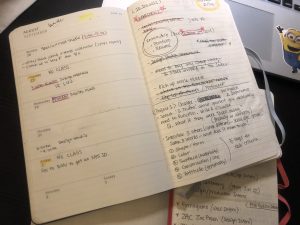
In this planner, I have my personal things and also academic things all together because I don’t need to show this to anybody necessarily. In the back part is where I brainstorm for projects. It normally takes me awhile to get to a defined and organized theme for a project so I usually collect informations, takes notes, record others’ feedbacks and opinions, and even drawing mindmaps on here.
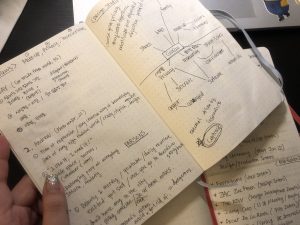
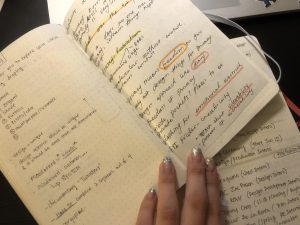
I learned last year spring semester, having someone to take notes for me while I present in critiques is very helpful because normally I get nervous for presenting I don’t always remember everything that I get in feedbacks. I think professors feedbacks are very important and helpful but also other classmates’ opinions and feedbacks are helpful sometime. So taking notes is very important and helpful skill to remember in every classes.
I always have been writing To-Do lists for myself for almost everything and anything. Writing them down and crossing them out when I finish a task was always not only helpful but also satisfying to me. I learned that I could use this skill when I am making garments in studio classes. I have a bad habit of trying to figure everything out in my head first before I start working on anything. (I know this has been holding me back at times because it is not the most efficient way of working when there are deadlines…) Everything have to make sense and work out in my head just like a math equation before I start cutting and sewing. So what I learned is that I make a ‘To-Do list’ for a garment which is kind of like an instruction guide of my own. I make my own list and I just follow those steps by steps and the next thing you know is that I finished the garment. This skill has helped me so much especially when I have 1000 different things going on and due in a week with no sleep.
In the beginning of the ‘Introduction to Fashion Studies’ class, I was questioned “What is Fashion?’. I answered to that question without thinking, Fashion is what you wear daily. Fashion is one’s form of expressing oneself. Fashion can express one’s identity. In my opinion fashion was the term that could include style-fashion-dress. After I have attended all the lectures now I think differently. Style-Fashion-Dress can be clearly defined individually in my mind. Style is something that is eternal, everlasting but also tied to a period in time. It is a way to characterize and differentiate from one another. Fashion is not only related to clothing and jewelry but also includes one’s living style and behavior. Style on a larger level can become fashion. Style can become fashion through exposure. Fashion is a combination of personal style and overall trends, which come from media. Dress is items that covers and decorates one’s body. It is a record of cultures and people’s lifestyles. It is a medium of style. It also means physical garment itself and it is most closely related to the body.
Fashion systems transform clothing into fashion. Fashion is a symbolic production while clothes are a material production. Fashion is a symbol manifested through clothing. (Kawamura 2005, 59)

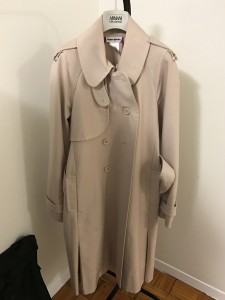
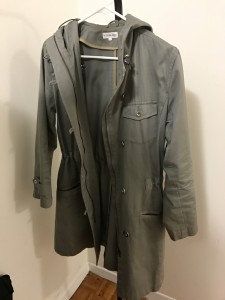
This Dress Log assignment was very interesting because it made me think about my daily routine and really dig deep into what affects my dress choices. I almost felt like I was repeating myself too much especially because this week, all I did was really working on my projects at school basically. For the 5 days out of 7 days I was at school, sitting in front of a sewing machine. This was very interesting for me because it made me realize that weather plays the biggest part in my daily dress routine before I go out anywhere. Second, comfort was the theme for this week because I knew I was going to be sitting down inside for a long time working on my project. So I can say that out of “who, what, when, and where’, What I’m doing is another big part of my dress choice. I would choose from different type of clothes for different occasion for example, if I was just going to school to do homework I would only dress in what is the most comfortable clothes but if I was going to school with an important presentation I would take out one of my nicest clothes that I only wear on special occasions to dress up. I know that I have a lot of clothes in black and can say half of my closet is literally all black. But from logging everything I wear for a whole week made me really realize that I have so many different items all in black.

This is an advertisement for Dolce & Gabbana FW 2011. In this ad, there seem to be two different gendered group, male and female. But if you look at them closer they are all girls. The brand portrayed different genders but used all female model. They used short hair and hats to describe the typical masculinity and also the male figures are all wearing suit pants and shirt, vest and jacket which is the typical men’s suit pieces. The girls are portrayed also as the typical thin, vulnerable and pretty. They also look like they are very needy of a man because they are lingering to a man. To me this advertisement is reinforcing the traditional gender norms as in girls are always feminine looking and depend on men and the guys are suppose to be strong and always have the pretty girl in his possession. But to me I think it is all really in our mind and our culture is setting up all these rules for different genders. I think like in this ad, the female can be represented as strong as male (like how the D&G used female model to be portrayed as male) and male can be represented as vulnerable as female. To me this quote from Fashion and Cultural Studies relate the most to my answer.
“the body and its differentiating sexual characteristics become a metaphor for sex, whereas clothing and its culturally coded meanings become a metaphor for gender. Gender is socially constructed and culturally created and represented. Gender is something that people do. Applying makeup, shaving one’s face or one’s legs, and donning high heels or a face veil all fall within the real, of doing gender.” (Kaiser 2012, 127)
“Fashion is gossip. Never under estimate the power of gossip. Semiologists are driven into ecstasies of supposition by its whispers.” To me this aphorism mean that Fashion is just like gossip because it spreads so quickly. I agree with this statement because to me fashion can be used as a way of expressing one’s personality. Sometimes it doesn’t send out the original intended message and sometimes it does. Which means that whatever that person is wearing might not be who they really are about. Gossip has the same character. People gossip about other people but sometimes the things they say might be true but it also can be false.
“Fashion is intensely personal, in the same way that poetry is intensely personal. It is a medium through which personal stories can be told, memories re-lived and futures foretold.” This aphorism says that Fashion is very personal just like the poetry. I mentioned before that Fashion can be used as expressing one’s personality but it can also express one’s feeling also, just like poetry. Poetry is full of hidden meanings and Fashion can be used just like words to express one’s personal story of their life. I agree with this aphorism the most because I can relate to this sentence in so many ways. I use fashion to express my feelings almost everyday. I use different colors, shape and even items of clothing to hide meanings behind them in everyday life.
Welcome to your brand new blog at The New School Sites.
To get started, simply log in, edit or delete this post and check out all the other options available to you.
For assistance, visit our comprehensive support site, check out our Edublogs User Guide guide or stop by The Edublogs Forums to chat with other edubloggers.
You can also subscribe to our brilliant free publication, The Edublogger, which is jammed with helpful tips, ideas and more.
